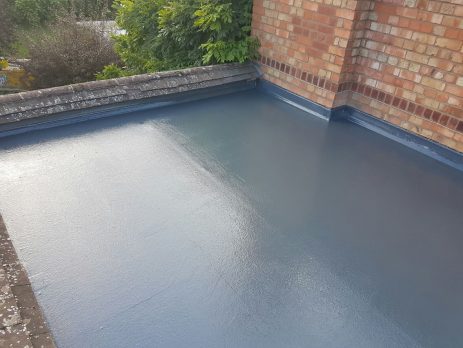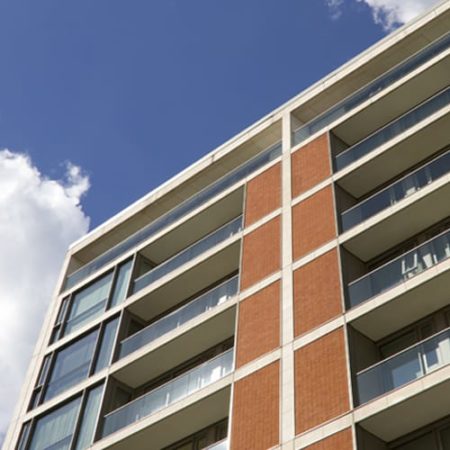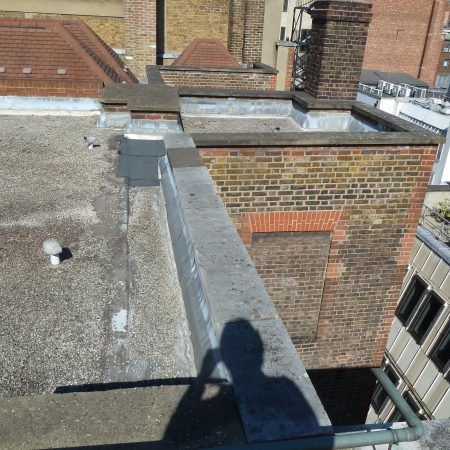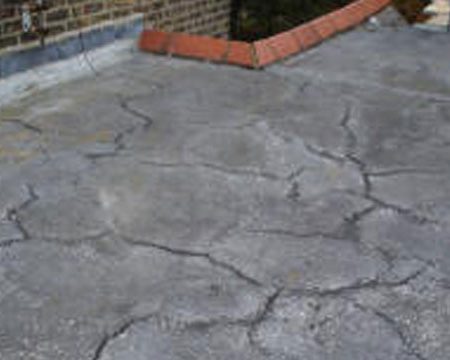How a Flat Roof Can Effects Your Home Insurance Premiums
In this article, we look at the factors in flat roofs and roofs in general that affect your home insurance premiums.
The roof is your home’s primary protection against hail, wind, fire, along with other hazards. This is exactly why insurance firms have concerns with regards to the age, condition, material, and shape of your roof and change your price accordingly.
Here’s how roof types rank for most states (from lowest to highest insurance cost):
Metal
Durable and fire resistant, metal roofs are usually the most appealing to your insurance company.
Slate/Tile
Slate is resistant to fire, rotting, and insects, and needs little maintenance. Tile may crack more easily, but it provides quality insulation and will likely not rot or burn.
Asphalt Shingle
The most common roof type determined by affordability and comparatively long life span, and often will decay more easily than metal or slate roofs.
Wood
Comprised of shingles or shakes, wood roofs aren’t fire resistant. Some insurance firms may not cover a wood roof or may need you to apply a fire resistant to get coverage.
Age
It goes without saying-the newer the roof, the better your home insurance rate. Old roofs are insurance risks, and some insurers may refuse to cover an old roof.
Shape
While it may not be as important as the material, your roof’s shape could also impact your home insurance price. The most common roof shapes are gable and hip.






Leave a Reply